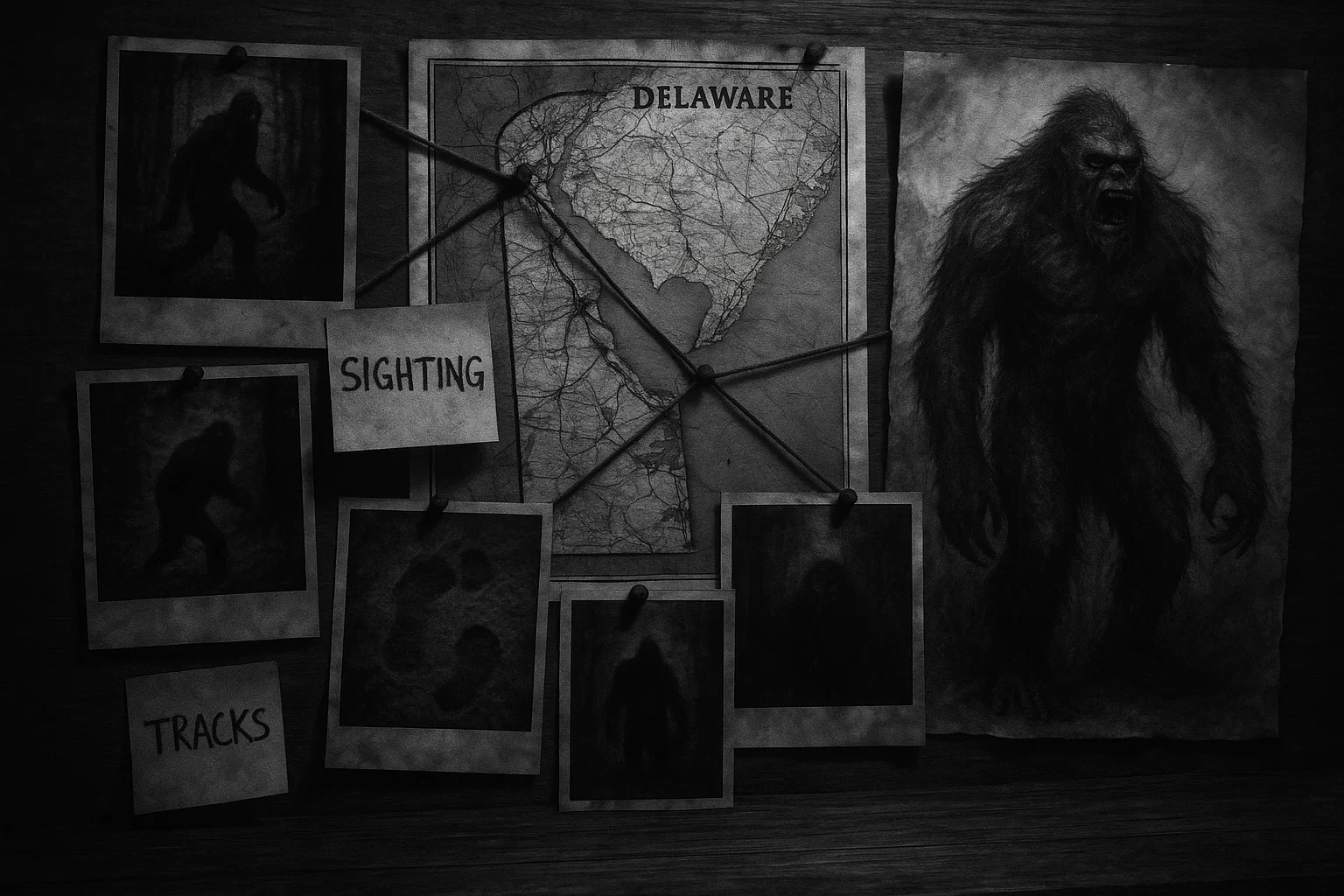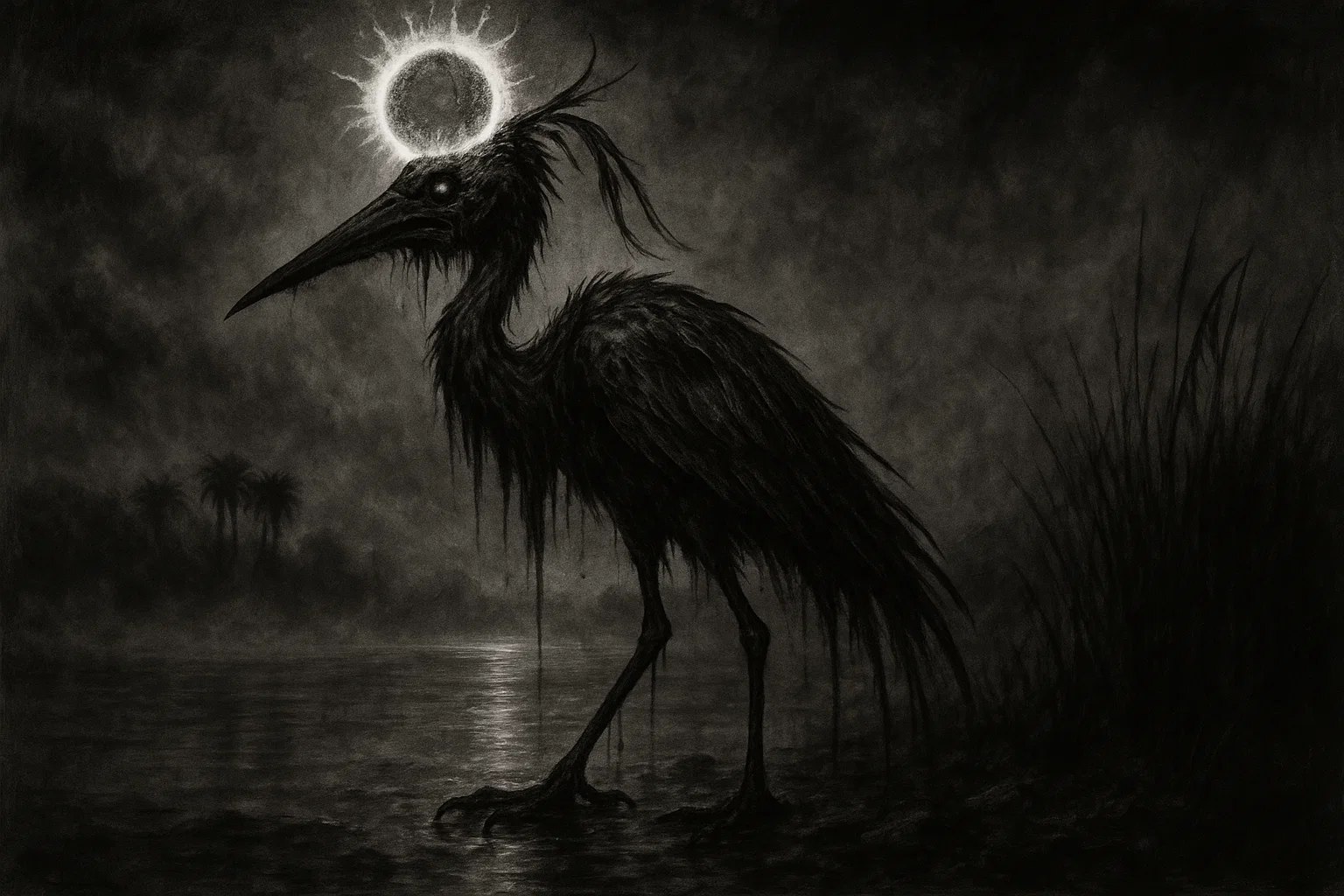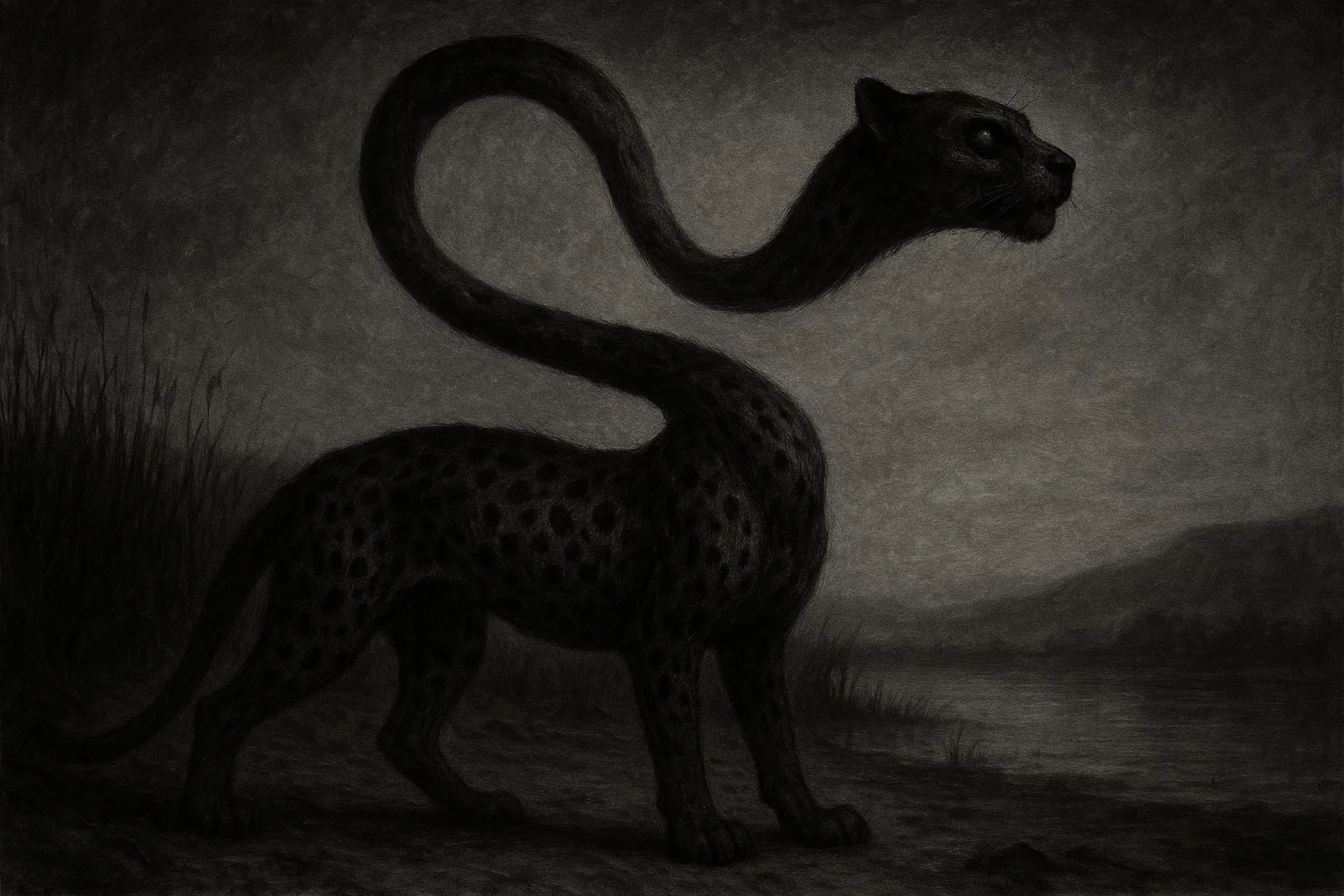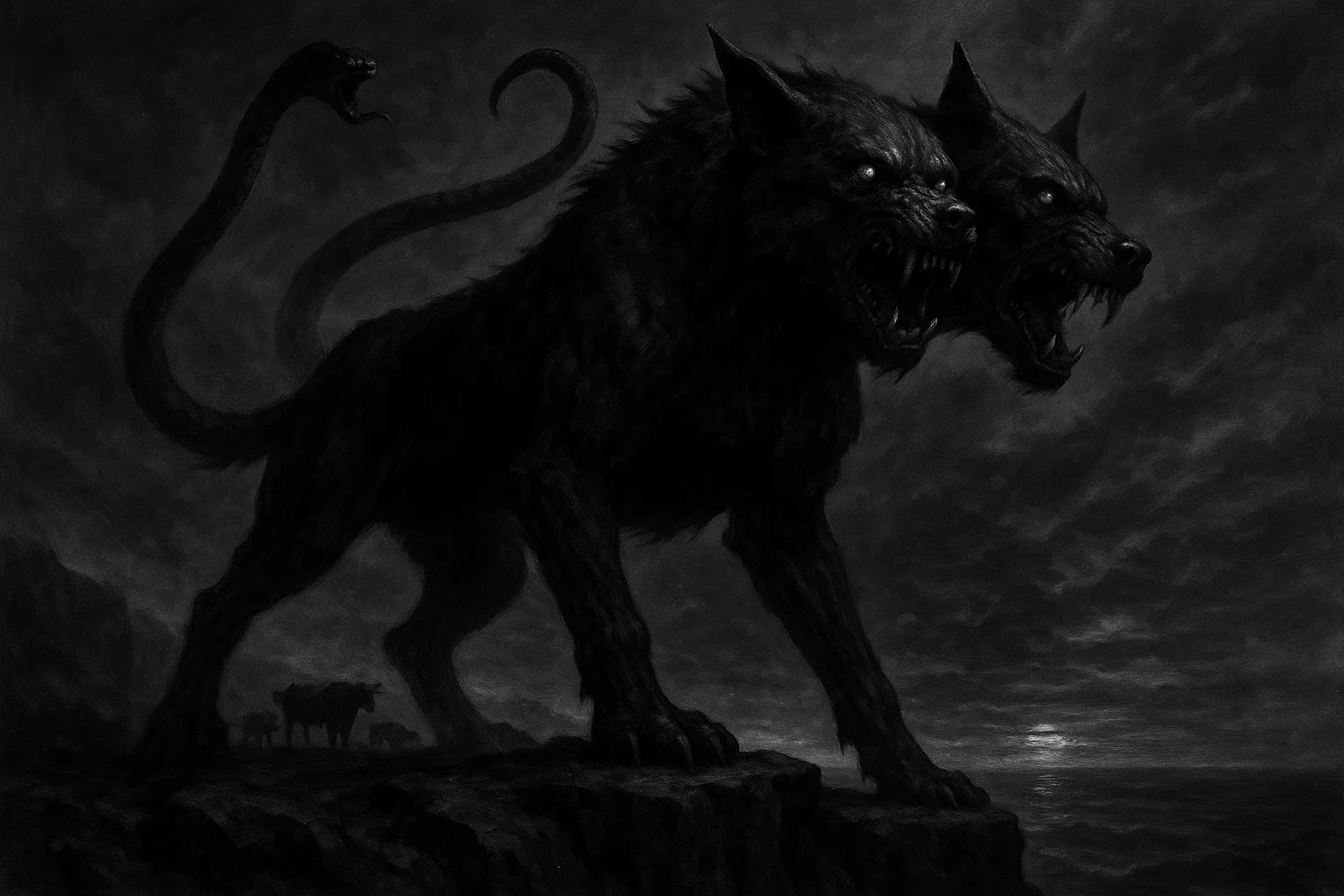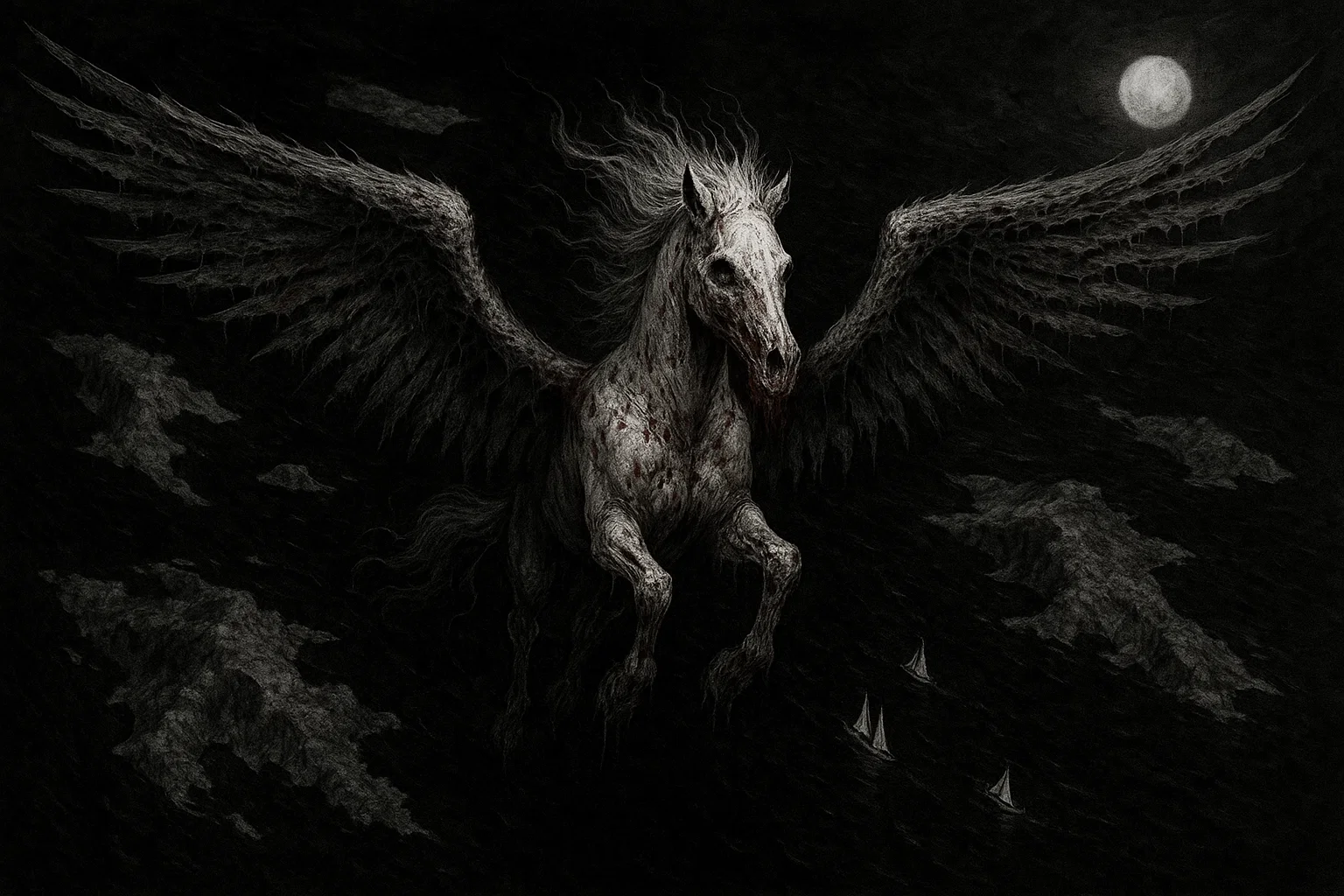Delaware Bigfoot sightings weave a thread of intrigue through the state’s history, blending historical accounts with modern encounters. From the 1892 Woodbooger report to recent sightings in Sussex County’s pine forests, these incidents describe towering, hairy creatures with glowing eyes or eerie vocalizations.
This article compiles all documented sightings, delves into investigative efforts, examines two key encounters, and explores connections with other Delaware cryptids, providing a thorough and engaging look at the state’s place in the Sasquatch narrative.
Summary
Delaware Bigfoot Sightings
Delaware’s Bigfoot sightings are few but compelling, with seven documented encounters spanning from 1892 to 2025, all concentrated in Sussex County.
The county’s flat coastal plains, dense pine forests, and wetlands, such as those in Redden State Forest and Great Cypress Swamp, provide potential habitats for a creature adept at avoiding detection. Reports include Class A sightings (direct visual encounters) and Class B incidents (auditory or indirect evidence like knocks or screams).
The Bigfoot Field Researchers Organization (BFRO) has documented six modern sightings, with an additional historical report from 1892 adding depth to Delaware’s cryptozoology lore. Below is a comprehensive table of all known sightings:
Delaware Bigfoot Sightings
| Date | Witness | Location | Description |
|---|---|---|---|
| 1892 | Local resident | Near Selbyville, Sussex County | Historical newspaper report of a Woodbooger, a large, hairy bipedal creature, seen in the Great Cypress Swamp, moving swiftly through dense woods. |
| February 1998 or 1999 | Two motorists | Route 24 near Angola, Sussex County | Saw a creature running across the road on all fours, then standing upright, 7–8 ft tall, with shaggy gray-brown hair and glowing red eyes, roughly twice a deer’s size. |
| June 7, 2003 | Father and 18-year-old son | Intersection of Rt. 1 and Rt. 404, between Coolspring and Gravel Hill, Sussex County | Father saw one 6–7 ft tall biped, son saw two (one taller, one chest-high to it), both with long arms, fuzzy appearance, crossing the road quickly at dusk. |
| January 13, 2004 | John (student) | Asbury Rd near Delaware Technical Community College, Georgetown, Sussex County | Observed a 7–8 ft tall creature with thick black hair, broad shoulders, and a pointed head by a utility pole; made brief eye contact before it turned away. |
| August 16, 2010 | Betty R. (traveler) | Cornfield along Route 1, 40–45 minutes north of Bethany Beach, Sussex County | Saw a 7–8 ft tall, medium to dark brown figure in a cornfield, with a pronounced brow ridge, nose, and mouth, standing still for 5–10 seconds. |
| November 13, 2012 | Local resident (with wife) | Near Milton, Sussex County, in a wooded area surrounded by wetlands and pine trees | Heard a blaring scream and eight distinct knocks from 100 ft away in the woods; straw bales found pulled apart the next day. |
| April 2025 | Local farmer | Near Millsboro, Sussex County, close to Indian River | Found 16-inch footprints with a 4–5 ft stride in a muddy field; no visual sighting but reported heavy rustling and a foul odor the previous night. |
You May Also Like: Complete Guide to California Bigfoot Sightings (1886-2025)
Investigation Efforts in Delaware
Investigating Delaware Bigfoot sightings is a complex task due to the state’s small size, limited wilderness, and sparse reports compared to states like Washington or Ohio.
The Bigfoot Field Researchers Organization (BFRO) leads these efforts, employing rigorous methods such as witness interviews, site visits, and environmental analysis. For the 2012 Milton sighting, BFRO Investigator Aaron B. conducted a thorough investigation on December 1, 2012.
The witness, a local resident with his wife, reported a scream and eight knocks from a wooded area near Redden State Forest. Aaron B. noted the couple’s sincerity, observed disturbed straw bales, and assessed the site’s dense pine forests and wetlands as suitable for Sasquatch activity. An audio recorder left overnight yielded no results, but the area’s seclusion supported the report’s plausibility.
The 2004 Georgetown sighting was investigated by BFRO Investigator Ron B. John, the witness, provided a detailed sketch of a 7–8 ft tall creature with broad shoulders and pointed hair.
Ron B.’s site visit to Asbury Rd. confirmed a rural setting with creeks and forests, ideal for a cryptic creature. The sketch’s specificity and John’s credible account elevated the sighting’s status to Class A. Similarly, the 2010 Route 1 sighting by Betty R. was followed up with an interview, where her description of a brow ridge and facial features aligned with Sasquatch characteristics.
Beyond the BFRO, local efforts have emerged. The Delaware Paranormal Research Group (DPRG), active in Sussex County, investigates cryptid sightings alongside hauntings. In 2013, DPRG conducted an expedition in Great Cypress Swamp following reports of unusual vocalizations, though no definitive evidence was found.
The group uses trail cameras, audio recorders, and thermal night vision goggles to detect heat signatures or movement. Their 2025 investigation near Millsboro, prompted by the farmer’s footprint discovery, included drone surveys to map potential Sasquatch travel corridors, though results were inconclusive.
Local folklore enthusiasts, such as the Sussex County Cryptozoology Club, organize community expeditions in areas like Prime Hook National Wildlife Refuge. In 2020, they documented a Class B sighting involving wood knocks near Milton, using plaster casts to preserve alleged footprints.
These grassroots efforts, while less formal than BFRO’s, reflect growing public interest. Delaware’s proximity to Maryland and New Jersey also allows regional investigators, like the Mid-Atlantic Bigfoot Research Team, to include Sussex County in broader studies, particularly around Nanticoke River waterways.
Challenges include Delaware’s fragmented forests and high population density, which limit habitat compared to larger states. Skeptics often attribute sightings to misidentified black bears or hoaxes, citing the lack of physical evidence. However, the consistency of witness descriptions and BFRO’s rigorous vetting lend credibility to Delaware’s reports, making them a focal point for regional cryptozoology.
Detailed Case Studies
January 13, 2004 Sighting near Georgetown
On January 13, 2004, at approximately 8:55 pm, John, a student at Delaware Technical Community College, experienced a pivotal Delaware Bigfoot sighting while driving home along Asbury Rd. in Georgetown, Sussex County. The night was cold, around 30°F, with a light breeze and no streetlights, casting the rural road into near darkness. As John navigated a bend, his headlights caught a figure standing beside a utility pole, initially mistaken for a person.
The creature was extraordinary: 7–8 feet tall, covered in thick, black hair except for its hands, which were not clearly visible. Its shoulders were broad, spanning about 3 feet, and its head formed a pointed crest, suggesting matted or peaked hair. John described a muscular build, akin to a bodybuilder, with a robust, humanoid silhouette.
The most striking moment was when the creature met John’s gaze. Its eyes, though not glowing, conveyed a calm, almost indifferent expression, as it briefly looked at him before turning toward the nearby woods. The encounter lasted 5–10 seconds, leaving John shaken, his heart racing as he sped away.
John’s emotional response was profound. He later described a mix of awe, fear, and disbelief, noting that the creature’s size and deliberate posture ruled out a bear or human. The rural setting, surrounded by dense forests and a creek, aligned with Sasquatch habitat preferences. John reported the sighting to the BFRO, prompting an investigation by Ron B. The investigator’s site visit confirmed the area’s seclusion, with thick vegetation and proximity to Redden State Forest.
John’s detailed sketch, showing a broad-shouldered figure with pointed hair, was a key piece of evidence. Ron B. noted a prior sighting in the area, suggesting Asbury Rd. as part of a potential Sasquatch corridor along Nanticoke River tributaries. The absence of tracks, likely due to the hard road surface, did not diminish the sighting’s Class A status, bolstered by John’s credibility and the sketch’s specificity.
You May Also Like: Complete Guide to Colorado Bigfoot Sightings (1886–2025)
August 16, 2010 Sighting near Route 1
On August 16, 2010, at dusk, Betty R., a traveler passing through Sussex County, reported a compelling Bigfoot sighting in a cornfield along Route 1, approximately 40–45 minutes north of Bethany Beach. Driving through a rural stretch, Betty noticed a tall figure standing motionless among the cornstalks, initially assuming it was a scarecrow. She slowed her vehicle to observe, realizing it was a living creature.
The figure was 7–8 feet tall, covered in medium to dark brown hair, with a pronounced brow ridge, visible nose, and mouth, resembling a primate-like face. Its arms were long, hanging past its hips, and its posture was upright but still, as if watching her. The encounter lasted 5–10 seconds before Betty, feeling uneasy, drove on.
She described the creature’s face as “human-like but wild,” with a heavy brow and deep-set eyes that lacked the red glow reported in other sightings. The cornfield’s dense cover and proximity to wetlands suggested a concealed approach, possibly from nearby Prime Hook National Wildlife Refuge.
Betty reported the sighting to the BFRO, where her detailed description was deemed credible. Investigator Aaron B. interviewed her, noting her clarity and lack of embellishment.
A site visit revealed a muddy path leading to a creek, supporting the idea of a travel corridor. No physical evidence, like tracks, was found due to the dry soil, but the area’s seclusion and Betty’s account aligned with Sasquatch patterns. The sighting’s timing at dusk, a common period for Bigfoot activity, and its location near other Sussex County reports, enhanced its significance.
Betty’s emotional recounting—she felt both curious and unnerved—added a human element, making this Class A sighting a cornerstone of Delaware’s Bigfoot lore.
You May Also Like: Complete Guide to Alaska Bigfoot Sightings (1985–2025)
Bigfoot Sightings vs Other Cryptid Sightings in Delaware
Delaware’s Bigfoot sightings coexist with a rich tapestry of cryptid and paranormal phenomena, reflecting the state’s deep folklore. Below are the primary cryptids reported in Delaware, with details on their sightings and potential connections to Sasquatch.
Other Cryptids in Delaware
- Pukwudgie: Rooted in Algonquian folklore, Pukwudgies are small, mischievous creatures, 2–3 feet tall, with fur or quills and shapeshifting abilities. Sightings are rare, but oral traditions place them in Great Cypress Swamp and Prime Hook National Wildlife Refuge, with no specific dates recorded. Their woodland habitat overlaps with Bigfoot sightings, suggesting shared ecological niches.
- Prime Hook Swamp Creature: Documented in Prime Hook National Wildlife Refuge, this cryptid is 2.5–3 feet tall, with a tan body, long legs, a long tail, and a flat, pug-like face. Helen J., a hiker, reported a sighting in the 1990s, describing a swift, upright creature near the refuge’s marshes. Its small size contrasts with Bigfoot, but the shared wetland habitat raises questions about related phenomena.
- Selbyville Swamp Monster: A large, hairy humanoid over 7 feet tall with red eyes, reported in Great Cypress Swamp near Selbyville since the 1960s. Multiple sightings, primarily at dusk or night, describe a creature nearly identical to Bigfoot. A 1978 report by a hunter noted a 7–8 ft figure with a foul odor, closely mirroring the 2004 Georgetown sighting.
- Shunka Warakin: A black, dog-like creature with a ridged back, reported in Frederica and Felton in the 1980s. Known as the “Fence Rail Dog,” it moves stealthily through fields. Its canine nature distinguishes it from Bigfoot, but rural sightings align with Sasquatch’s preference for secluded areas.
- Lewes Merman: A mummified specimen with a fish-like body and human-like features, displayed in Lewes since the 1800s. Not a living cryptid, it contributes to Delaware’s folklore without direct Bigfoot connections.
Other Unexplained Events
Delaware’s paranormal landscape includes hauntings at Fort Delaware on Pea Patch Island, where visitors report ghostly footsteps and apparitions, particularly since the 1950s. UFO sightings, such as a 1997 incident near Rehoboth Beach involving bright, hovering lights, add to the state’s mysteries. These phenomena, while distinct, share Bigfoot’s association with remote areas, suggesting Delaware’s landscapes foster unexplained encounters.
Potential Links to Bigfoot
The Selbyville Swamp Monster is nearly indistinguishable from Bigfoot, with shared traits like height, hairiness, and red eyes, as seen in the 1998/1999 Angola sighting. Both frequent Great Cypress Swamp, hinting at a possible shared identity or ecological niche.
Pukwudgies and the Prime Hook Swamp Creature, though smaller, inhabit similar wetlands, suggesting Delaware’s swamps support diverse cryptids. The Shunka Warakin’s canine form sets it apart, but its rural sightings parallel Bigfoot’s. Paranormal events, like Fort Delaware hauntings, may reflect a cultural tendency to attribute mysteries to Delaware’s secluded areas, reinforcing Bigfoot’s place in local lore.
You May Also Like: Complete Guide to Connecticut Bigfoot Sightings (1953–2025)
Conclusion
Delaware Bigfoot sightings, though limited to seven documented cases from 1892 to 2025, form a compelling chapter in the state’s folklore. The 2004 Georgetown and 2010 Route 1 sightings, with their vivid details and BFRO investigations, highlight the phenomenon’s persistence.
Local efforts by groups like the Delaware Paranormal Research Group and community expeditions complement BFRO’s work, despite challenges like limited habitat and lack of physical evidence. Compared to cryptids like the Selbyville Swamp Monster and Pukwudgie, Bigfoot shares Delaware’s rural landscapes, suggesting a shared ecological or cultural origin.
Whether a real creature or a product of imagination, Delaware’s Bigfoot sightings captivate, inviting exploration into the First State’s shadowed forests and wetlands.

